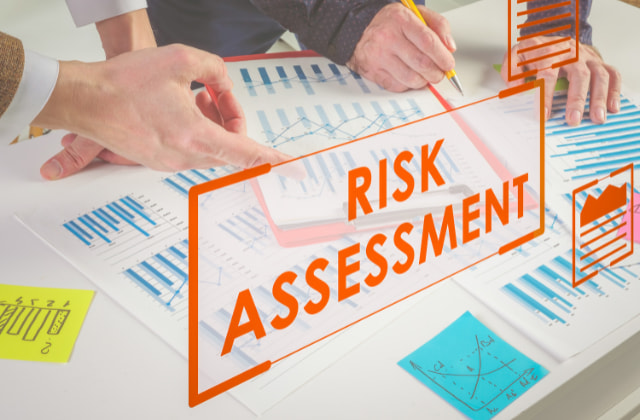How the Importance of Risk Management Shapes Effective Leadership
How the Importance of Risk Management Shapes Effective Leadership
Blog Article
The Significance of Recognizing the Significance of Risk Management in Various Industries

The Core Idea of Risk Management and Its Objective
Risk Management, the keystone of several markets, depends upon the identification, assessment, and mitigation of uncertainties in an organization atmosphere. It is an important technique that allows organizations to protect their properties, credibility, and total survival. By correctly identifying possible threats, organizations can establish methods to either prevent these risks from occurring or reduce their effect. The examination procedure includes assessing the likelihood and prospective seriousness of these dangers. The reduction procedure involves devising methods to minimize their prospective effect once risks have actually been identified and assessed. This process is cyclical and ongoing, making certain that organizations are prepared for the ever-changing nature of Risk in different industries. The main purpose, thus, is to promote durability amidst unpredictabilities.
Advantages of Applying Risk Management in Business Procedures

Unveiling the Role of Risk Management in Different Industries
While every industry challenges its one-of-a-kind set of risks, the application of Risk Management approaches remains a common denominator in their search of sustainability and development. In the health care industry, Risk Management involves guaranteeing client safety and security and data security, while in finance, it entails mitigating investment risks and making sure regulative compliance. Ultimately, the function of Risk Management across markets is to recognize, analyze, and reduce risks.
Real-life Study Showing Effective Risk Management
To recognize the relevance of Risk Management in these lots of sectors, one can aim to several real-life instances that highlight the effective application of these actions. As an example, in the power sector, British Petroleum created Risk mitigation plans post the 2010 Gulf of Mexico oil spill. They carried out better security procedures and stricter laws which significantly minimized further accidents. In financing, Goldman Sachs successfully browsed the 2008 monetary crisis by identifying prospective mortgage-backed safety and securities threats early. Lastly, Toyota, publish the 2011 quake in Japan, modified its supply chain Management to reduce disturbance threats. These situations demonstrate how industries, picking up from crises, successfully used Risk Management techniques to decrease future dangers.
Future Trends and Growths in Risk Management Techniques
As the world remains to progress, so as well do the patterns and growths in Risk Management techniques. Fast innovations in technology and information analytics are improving the Risk landscape. Big information and AI are now crucial in predicting and minimizing threats. Organizations are leveraging these tools to develop anticipating versions and make Read More Here data-driven decisions. Cybersecurity, once an outer problem, has catapulted to the forefront of Risk Management, with strategies concentrating on avoidance, feedback, and detection. The assimilation of ESG (Environmental, Social, Governance) factors right into Risk Management is one more growing trend, showing the boosting recognition of the duty that environmental and social dangers play in service sustainability. Therefore, the future of Risk Management lies in the fusion of advanced modern technology, cutting-edge techniques, and a holistic strategy.
Conclusion
In conclusion, understanding the importance of Risk Management throughout a range of markets is essential for their longevity and prosperity. Eventually, successful Risk Management adds to a lot more resilient and sustainable companies, highlighting the importance of this method in today's dynamic and very competitive business atmosphere.
While every sector challenges its unique set of dangers, the application of Risk Management strategies continues to be a common in their quest of sustainability and development. In the health care industry, Risk Management entails guaranteeing client security and data security, while in finance, it entails mitigating investment threats and ensuring regulative conformity. Eventually, the function of Risk Management across industries is to recognize, examine, and alleviate threats. These cases show exactly how industries, discovering from crises, successfully used Risk Management techniques to minimize this contact form future risks.

Report this page